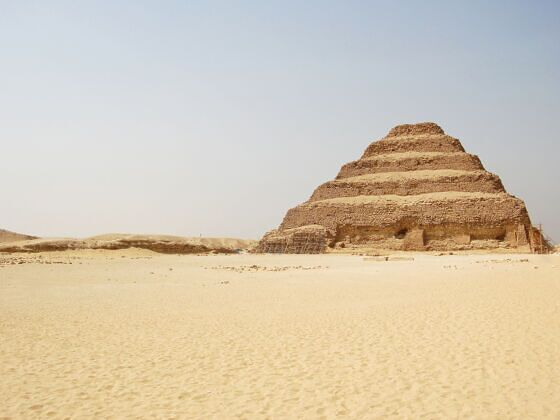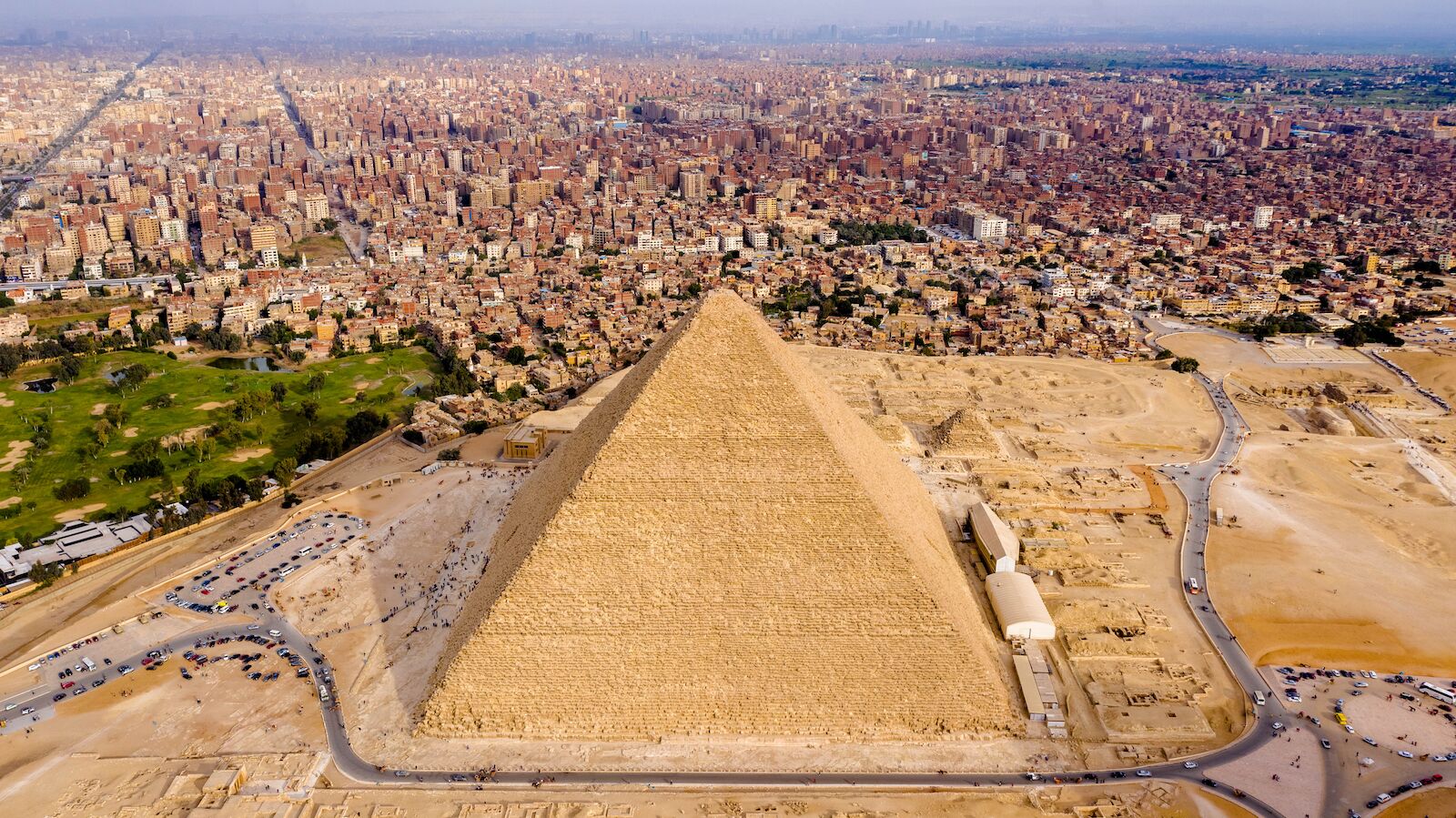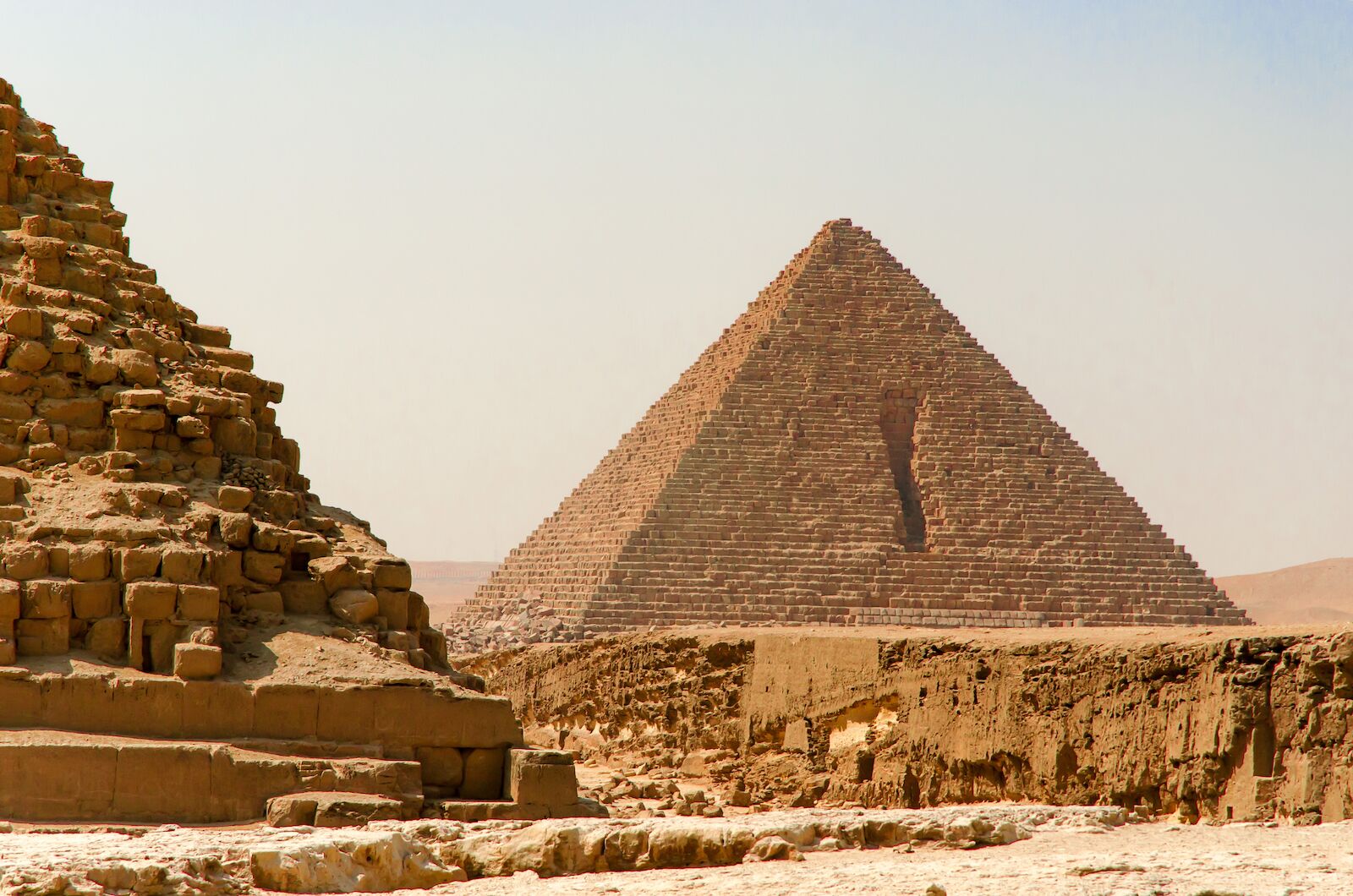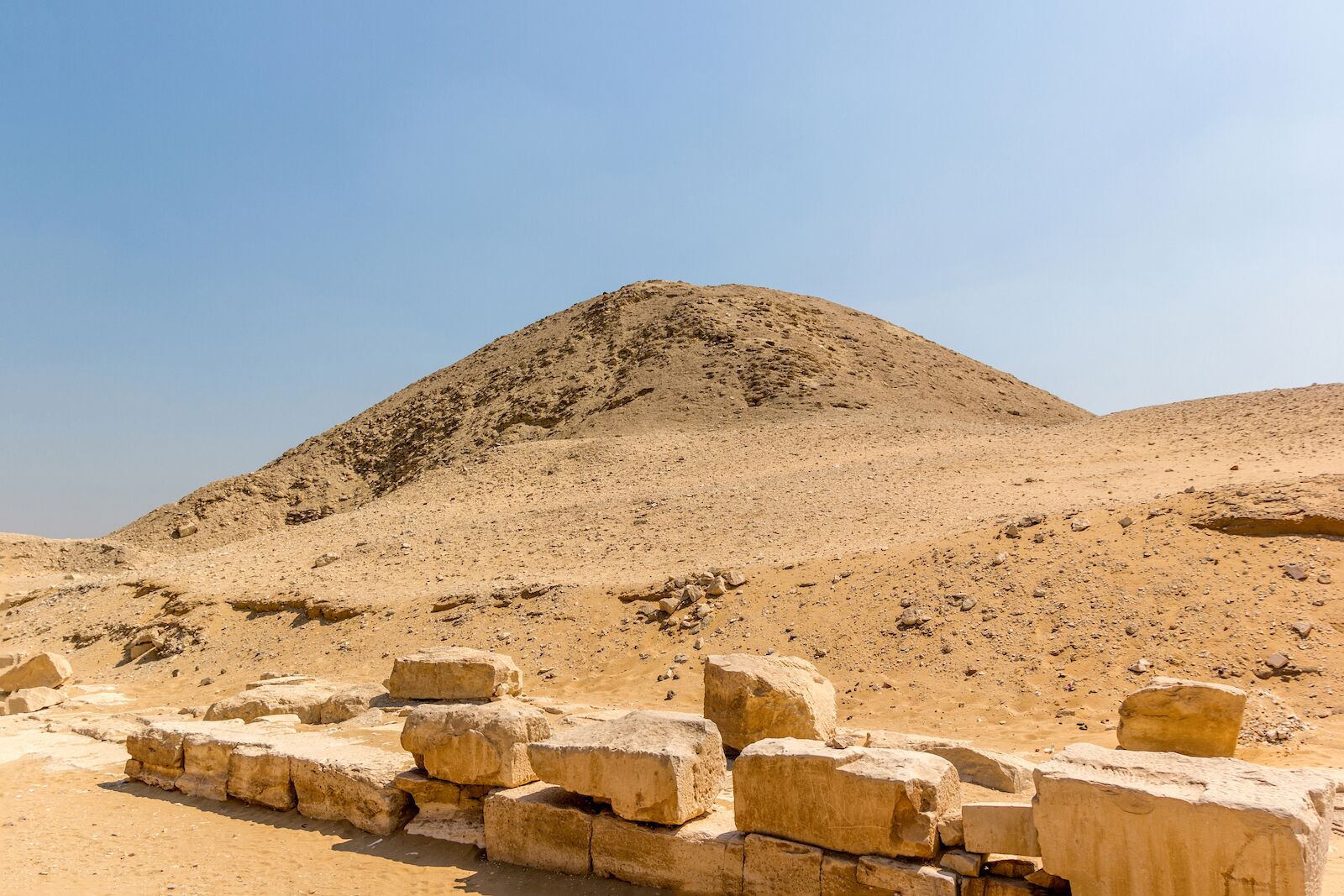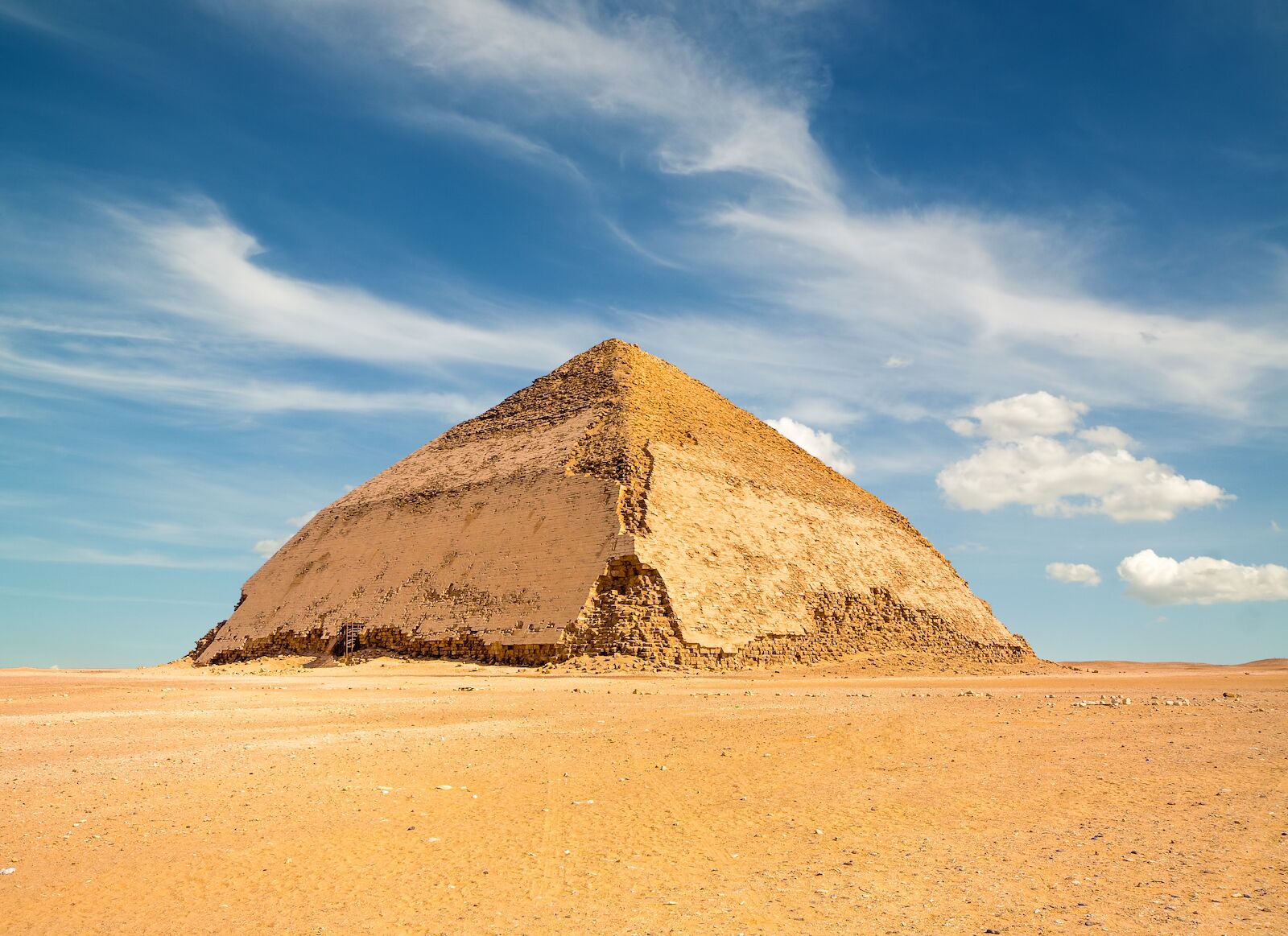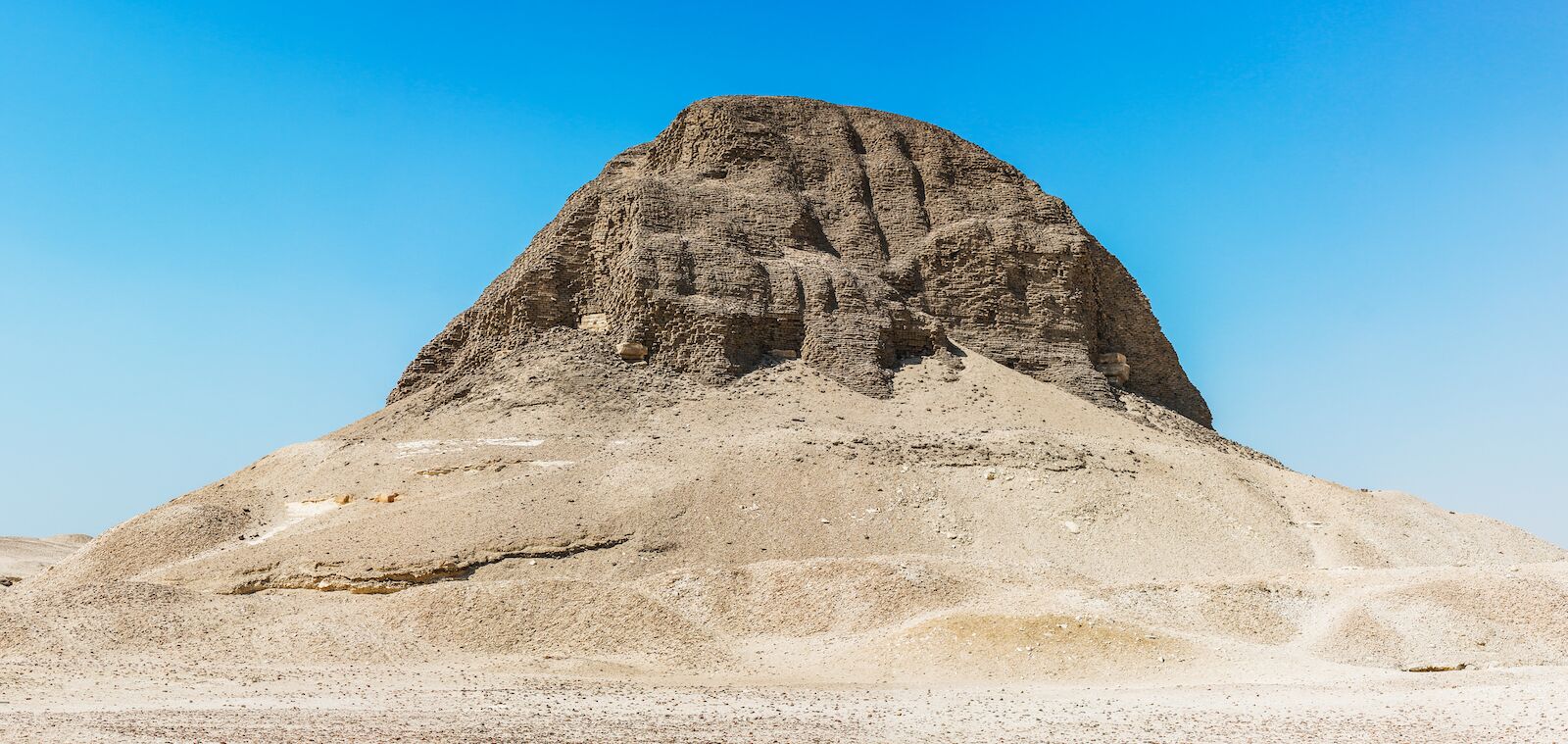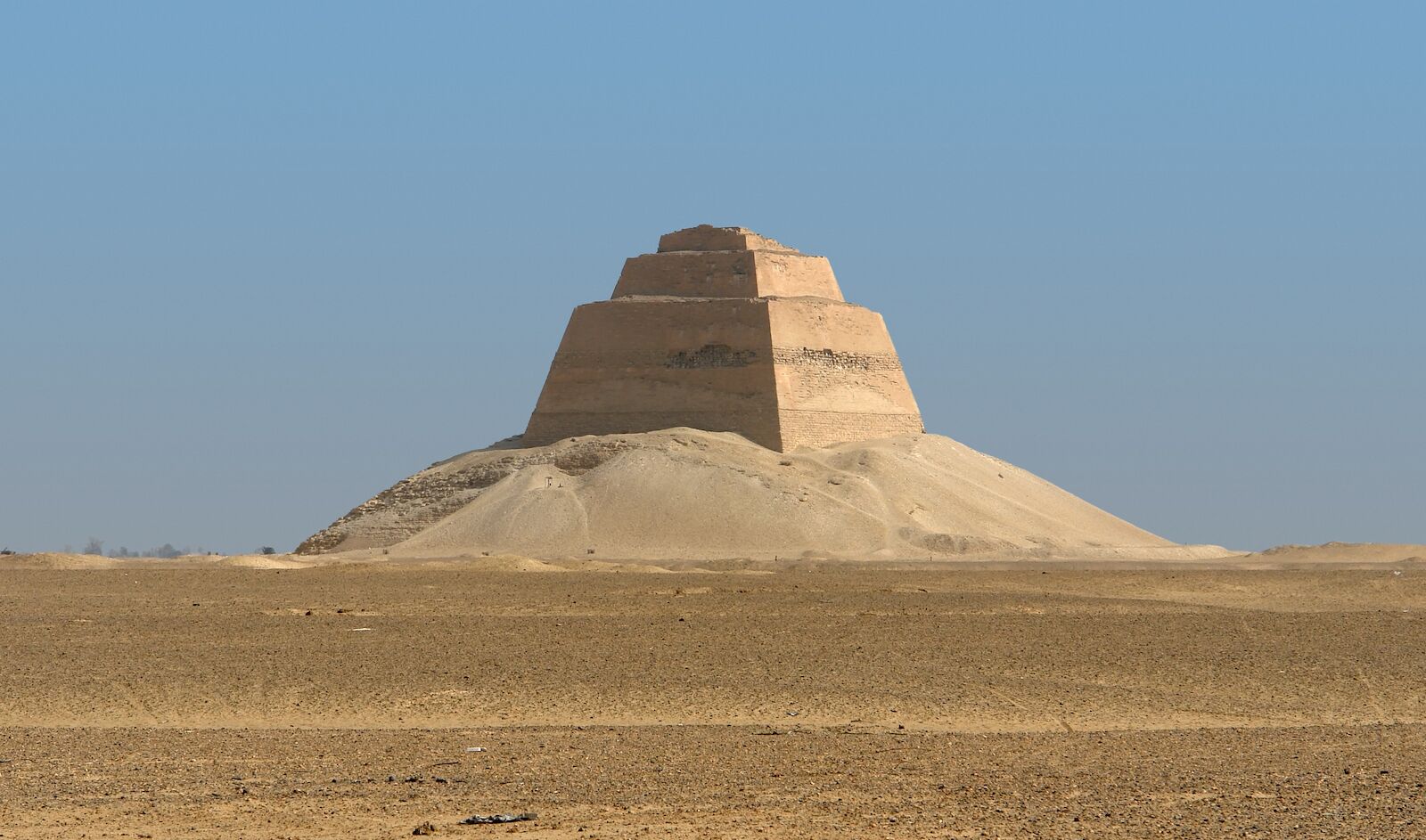While Pyramids can be found throughout the world, like in Mexico or Sudan, these immense structures are more often associated with Egypt. And luckily for visitors to the country, many of the mortuary monuments that are the Egyptian pyramids can be admired both from the outside and the inside. But with over 100 pyramids in Egypt, deciding which ones to visit and enter can be a bit overwhelming. To get the inside scoop on what pyramid visitors should prioritize, we spoke with Nick Brown, an Egyptologist and PhD candidate in the Near Eastern Languages and Culture department at UCLA. Brown is an expert in the field – he studied Egyptology in Cairo and has worked on archaeological sites throughout Egypt.
Note from the writer: Pyramids and tombs are often reopened or closed to visitors, so be sure to check on the Ministry of Antiquities’ Facebook page for any announcements regarding visiting the sites.
